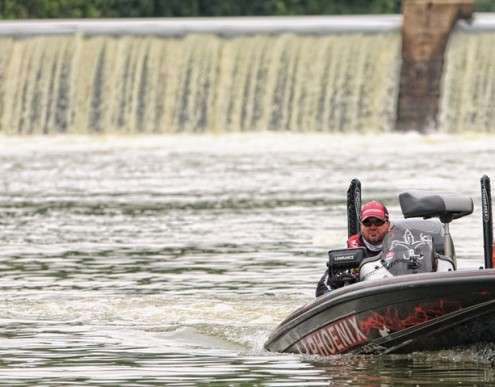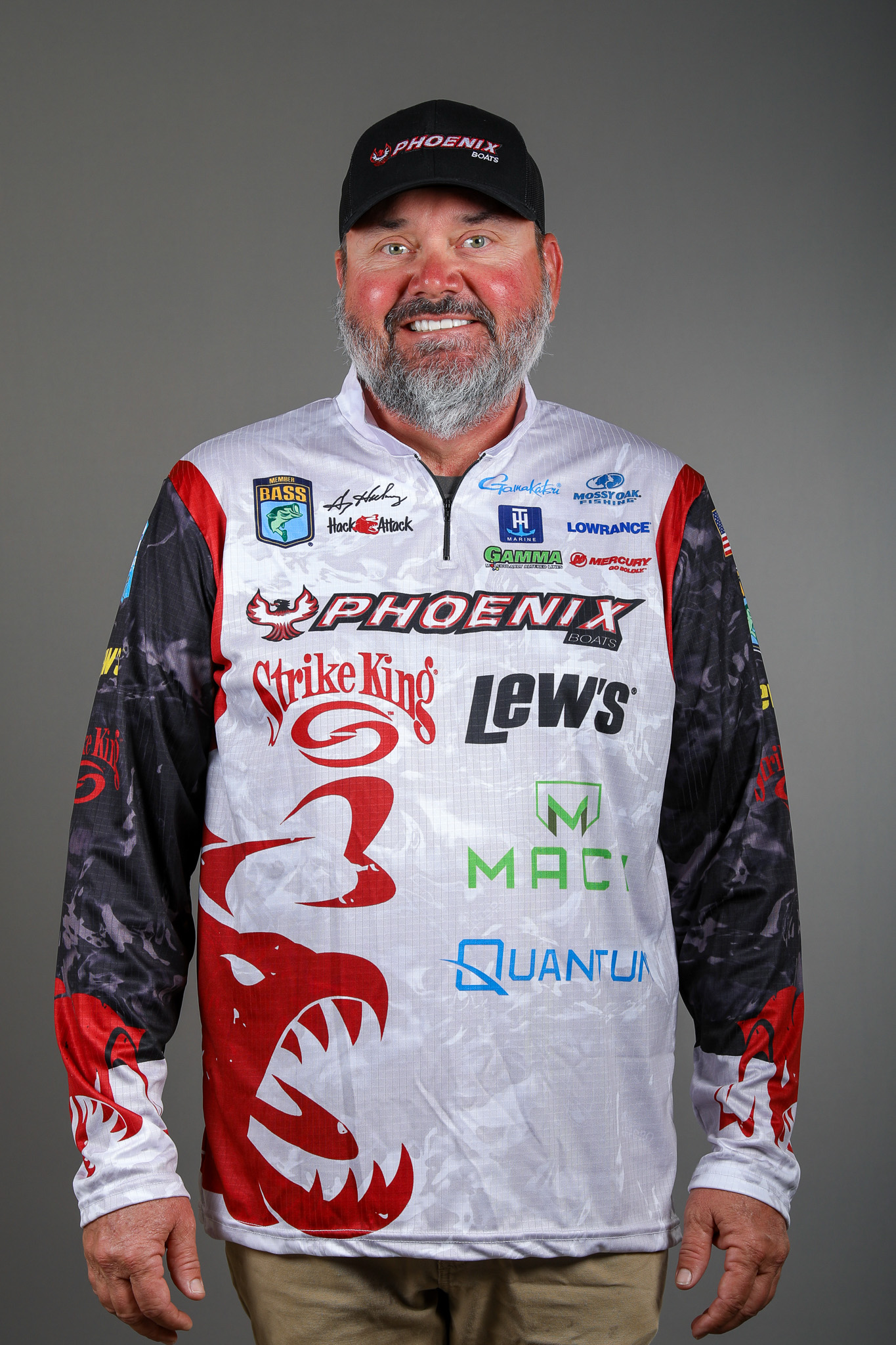
Last time we talked about trusting your instincts, and pursuing your goals as an angler, when you’re searching for bass. This time we need to talk about using your electronics. Next to your head, they’re the most important tool in your boat.
Let’s assume for a minute that you find a couple of bass using your head. You slow down and catch a couple more. That’s great, but most times you’ll need to find a similar spot somewhere else on the lake or, at the very least, you’ll need detailed information about that spot so that your instincts are even better next time. That’s when your electronics come into play.
Modern electronics are amazing. You’re talking with a guy who, years ago, used a flasher to try to figure out what was going on under his boat. This new equipment makes that easier, and it gives you a more accurate picture of what you’re looking at. It’ll also give up lots of other information.
But, it’ll only do that if you know how it use it.
The first step is to read your manual from cover to cover a couple of times. You won’t remember all of what’s in it, but you will remember seeing something about a particular topic in there and be able to find it again. The second step is to keep the manual in your boat so that you can make adjustments as they are needed.
Learn how to recognize a soft bottom and distinguish it from a hard bottom. Learn how to adjust and bracket the unit’s depth range so you don’t waste time looking at water you’re not interested in. Know how to zoom in on something so you can tell if it’s on the bottom or near the bottom.
Think about the relationship between distance and speed. That’ll help you size objects as well as give you an idea how far behind your boat something is located that you just passed over.
Use your overlays. They’ll tell you what time you got the bite, how much voltage is left in your battery and a whole host of other things that’ll help you with your style of bass fishing. It’s hard to visualize all of what you can display until you actually give it a try.
And, learn how to mark trails and how to delete those you no longer need. Trails will help you get back if you’re on a strange lake. They’ll also help you lay a grid over a weed bed so that you can fish all of it.
The terms I’ve used here might be a little different depending upon who makes your unit. The concepts will be the same, however.
Another thing that I think is important is knowing how to change things on the fly. Practicing with your electronics isn’t the most exciting thing to do, but it’s absolutely critical. Not all lakes and rivers are the same, and conditions change from time to time on the ones that are similar. Know how to adjust your units quickly so that you can get the most out of them.
Without a shadow of a doubt I can say that taking full advantage of your electronics is critical when it comes to customizing your approach to fishing. It’s personal. Make your unit work for you.





